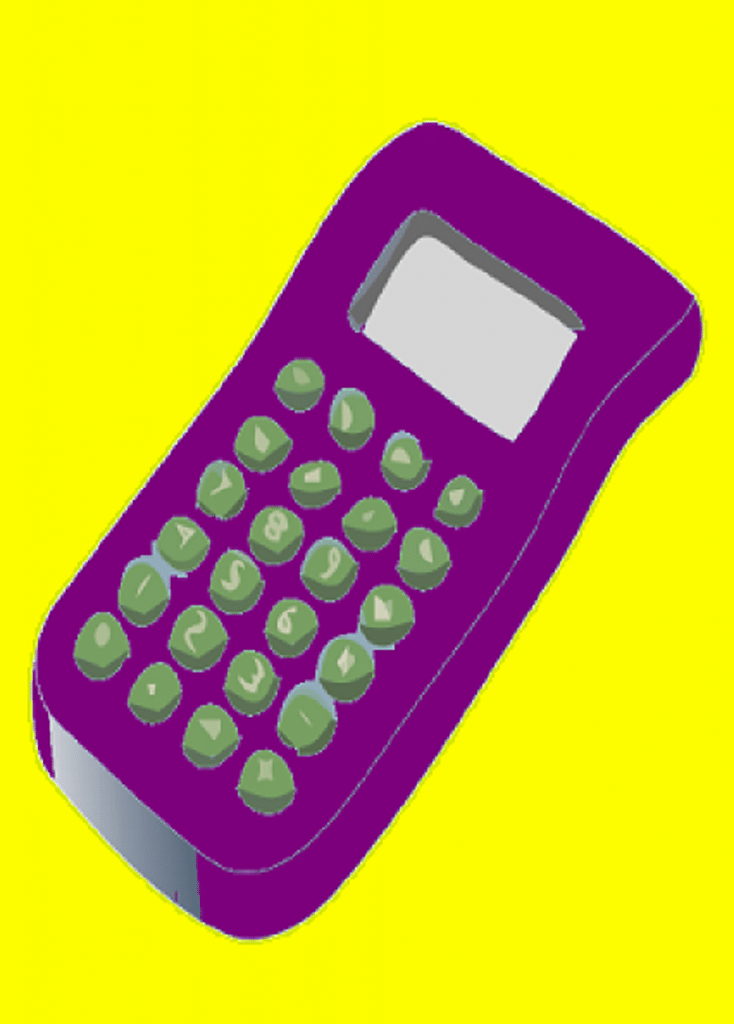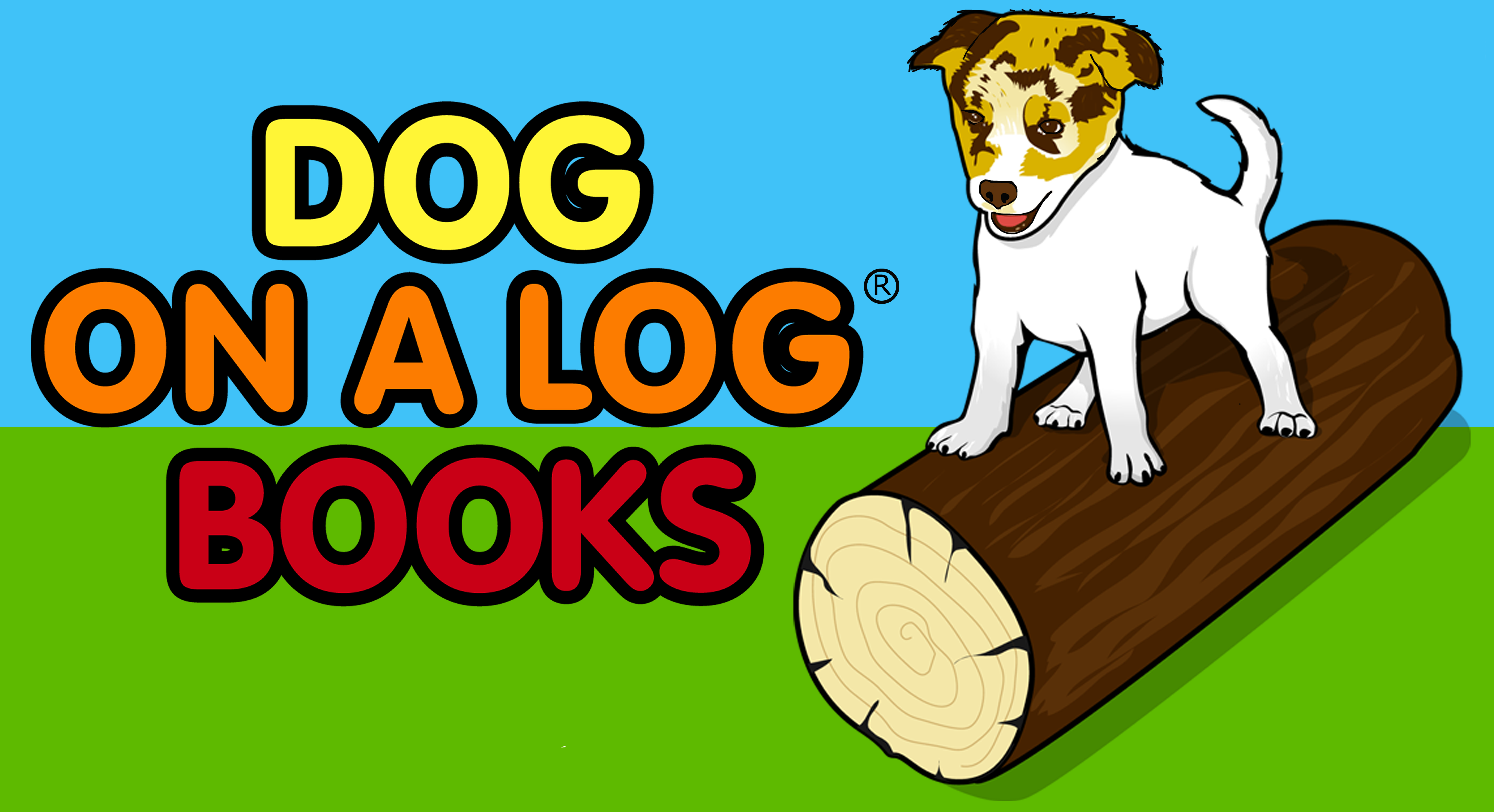Math for individuals with dyslexia

Please note: This website contains affiliate links. If I’m an affiliate, it’s because I believe in a product.
This is an excerpt from the complete free booklet Teaching a Struggling Reader: One Mom’s Experience with Dyslexia. I have created this page because I recently recieved some recommendations for math websites that may be helpful to individuals with dyslexia or other math challenges. It is too complicated to update Teaching a Struggling Reader to add new links and information so I am creating this page for people who are seeking more information on teaching math to their student who is struggling.…
As I mentioned before, many kids with dyslexia also have dyscalculia, a learning disorder in mathematics. It is also possible that they do not have dyscalculia but are instead challenged simply by the language related to math.
Finding a math specialist is also hard and equally expensive. I have tried several online programs. The one that was originally most successful was ST Math. For homeschooling families, I found it cheapest here. Even with this amazing program my daughter just didn’t seem to get it. I decided to try and teach her the basic math equations. I tried online games, music that sings her the equations, and doing flashcards and other ways of memorizing. Nothing worked. I realized that as well as she was doing with ST Math, it wasn’t enough. (It’s designed to be a supplemental program, not a primary program as I was initially using it.)
I feel very fortunate to have found a math specialist who we worked with for almost two years. She has dyslexia and her PhD is in math education. As I write this, she recently moved to another state. I have yet to find another tutor that has her understanding of teaching math to a child with dyslexia. I will keep looking. In the meantime, I am using the tools she showed me and we are making it work.
Meg, the math specialist, reported she has had many homeschooling families that have reported success with Math U See. It uses a series of short videos to explain a concept then the student uses a set of blocks to help them as they do problems in a workbook.
We used Math U See and ST Math to supplement the weekly tutoring sessions with Meg for the earliest math concepts. Just before Meg moved, she had our daughter start using Teaching Textbooks. This program starts with third grade concepts. Teaching Textbooks is an online program that gives feedback for each answer. There is also an older version that uses CDs. So far, my daughter actually likes this program. I can sit with her and follow how she is being taught and reinforce what they just said.
The advantage of working with a skilled dyslexia math tutor was she knew tools that made learning easier. For example, using a 100s chart for adding ten or making a number column to teach rounding. I miss having that help, so I will continue looking for a new tutor.
For those of you who are teaching math to a child with dyslexia, most likely you should avoid focusing on memorizing. Rather, you should find ways to help your child learn concepts and knowing which tools to use and when to use them. My daughter knows that if she sees 8 + 8 she needs her sheet that shows all the doubles equations.
Early on Meg emailed me and said, “As for learning math facts, rote memorization is one of the most difficult tasks for people with dyslexia. It is thought that this is because the areas of the brain that are impacted most by dyslexia are also the areas that focus on word retrieval, recall, and memory. Thankfully, focusing on fluency rather than memorization is supported by both the math education research and special education research. Fluency means being able to use strategies automatically to figure out facts (such as figuring out 3 + 2 using the strategy of “doubles plus one,” where one knows 2 + 2 and adds one more to get 5.) These strategies are developed over time as a child gets more comfortable counting and breaking apart numbers. You will see these foundational skills being worked on in our session today. As your daughter becomes more comfortable with seeing patterns and making connections among numbers, her addition and subtraction facts will begin to develop as well. This is a slow process, but a much more productive process than memorization because she will learn to see relationships rather than just memorize isolated facts.”
I do not understand math education the same as I do the Orton-Gillingham path. I am so grateful Meg worked tirelessly to help my daughter learn place value. I was able to supplement this at home by counting with my daughter. Meg said count anything and everything. Initially we counted popsicle craft sticks. We would count them into piles of tens and make rows of 100. After we counted them individually, we would count the stacks by tens, and the rows by hundreds. From time to time I’d “accidentally” knock over some stacks. Then we’d recreate them and we’d see how much easier it was to count what was left because they were in stacks of 10. After a while, we got so we just counted while we drove somewhere. We’d get to 250 every day. The repetition just got old so we stopped that. From time to time we do this again when I think she is forgetting some of the numbers and the pattern.
Learning place value took forever. I think it took over a year. It all felt like it was moving incredibly slow, but Meg assured me we were making great progress. Now that we are going forward alone, I see the advances are much easier than they used to be. It’s as if, in our case, all of math rested on the foundation of place value. My daughter is also older so more able to conceptualize and think things through better. That makes a huge difference.
Meg did mention that, because of how people with dyslexia learn, she had not yet to found any fraction program that is effective with her students. This makes me nervous about when we get to fractions, but hopefully I’ll have found another math tutor by then.
Additional Math Resources:
I have not used the following resources. I received a nice email from Jeff who is a special education teacher and trained in OG from IMSE and ASDEC. He states,
“Woodin Math is an excellent resource with tons of free resources. It basically is a complete Pre-k – 8 math curriculum designed for students with language based disabilities. You can check it out here: http://www.woodinmath.com/
“Another great resource is Marilyn Zecher’s Multisensory Math website. I was trained by her in multi sensory math techniques and it has made a huge difference in my teaching. In particular, her suggestions for place value. You can check it out here:

